World Trade Center, Skyscraper in Lower Manhattan, US.
One World Trade Center reaches a height of 1,776 feet with 104 stories, containing office spaces and an observation deck overlooking New York City.
The construction of this building, which began in 2006 and finished in 2014, marks the rebuilding of the World Trade Center site after September 11, 2001.
The building incorporates elements of American heritage through its height measurement, which corresponds to the year of United States independence declaration.
The structure connects to multiple subway lines and features separate entrance points on each side, with the observation deck operating through timed entry tickets.
The exterior contains over 2,000 pieces of prismatic glass that reflect different colors throughout the day as sunlight changes position.
Location: Manhattan
Inception: 1972
Architects: Minoru Yamasaki
Official opening: 1972
Floors above the ground: 110
Part of: World Trade Center
GPS coordinates: 40.71214,-74.01319
Latest update: May 26, 2025 21:33
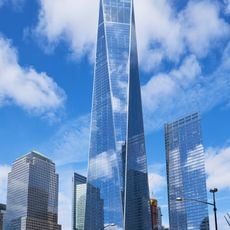
One World Trade Center
100 m
National September 11 Memorial & Museum
91 m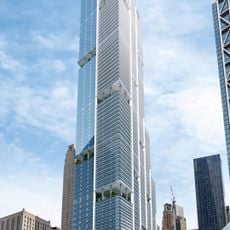
2 World Trade Center
175 m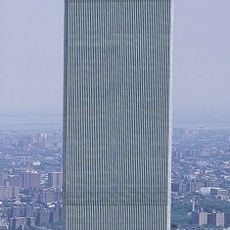
Two World Trade Center
118 m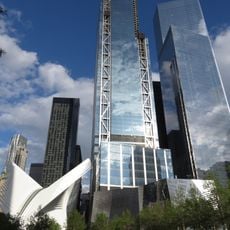
3 World Trade Center
190 m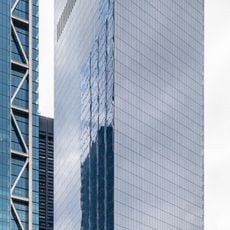
4 World Trade Center
222 m
The Sphere
192 m
America's Response Monument
201 m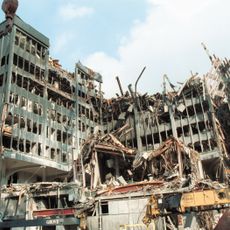
Six World Trade Center
85 m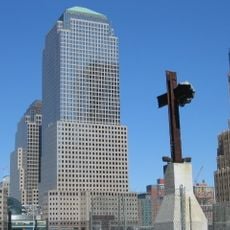
World Trade Center cross
116 m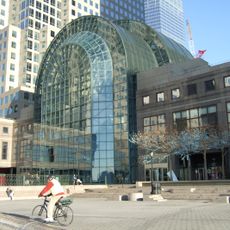
Winter Garden Atrium
204 m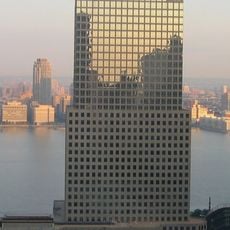
225 Liberty Street
181 m
Liberty Park
212 m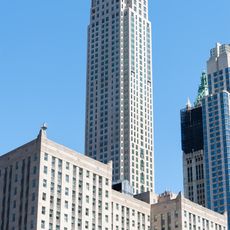
30 Park Place
347 m
200 Liberty Street
266 m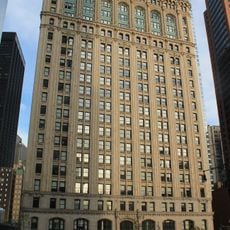
90 West Street
258 m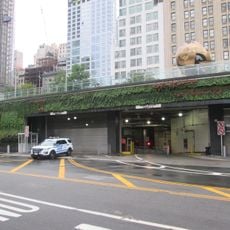
Vehicular Security Center
210 m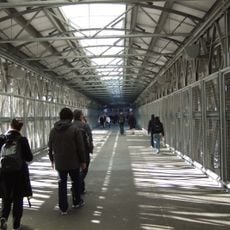
West Street pedestrian bridges
168 m
90 Church Street
257 m
130 Cedar Street
268 m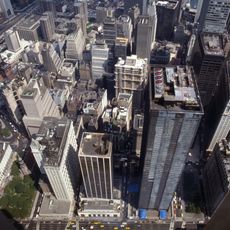
4 World Trade Center
78 m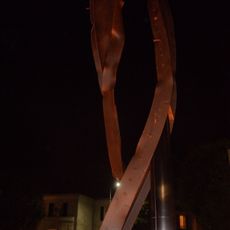
Beverly Hills 9/11 Memorial Garden
63 m
5 World Trade Center
160 m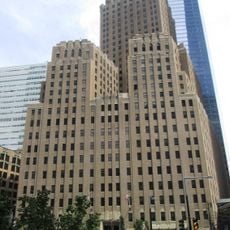
Barclay-Vesey Building
181 m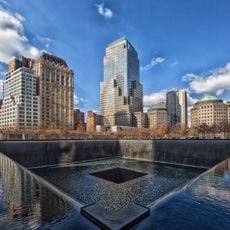
Ground Zero
64 m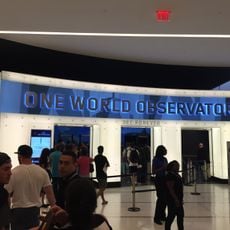
One World Observatory
100 m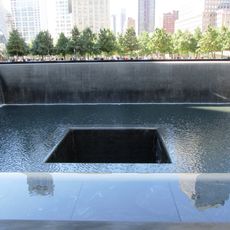
National September 11 Memorial North Pool
0 m
National September 11 Memorial South Pool
118 mReviews
Visited this place? Tap the stars to rate it and share your experience / photos with the community! Try now! You can cancel it anytime.
Discover hidden gems everywhere you go!
From secret cafés to breathtaking viewpoints, skip the crowded tourist spots and find places that match your style. Our app makes it easy with voice search, smart filtering, route optimization, and insider tips from travelers worldwide. Download now for the complete mobile experience.

A unique approach to discovering new places❞
— Le Figaro
All the places worth exploring❞
— France Info
A tailor-made excursion in just a few clicks❞
— 20 Minutes

